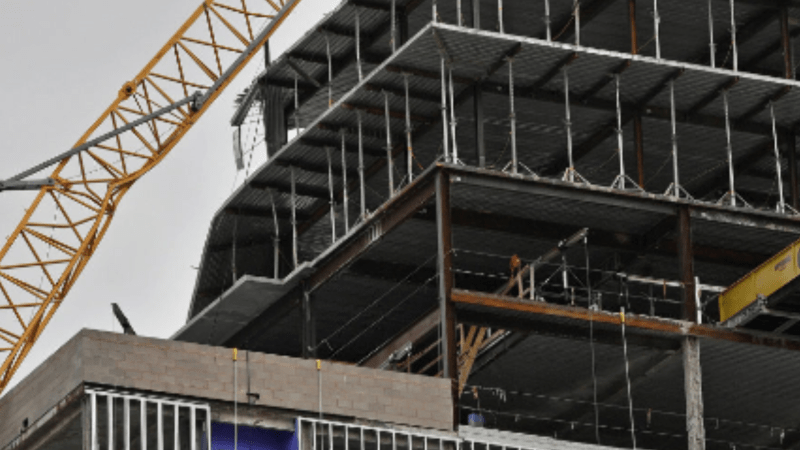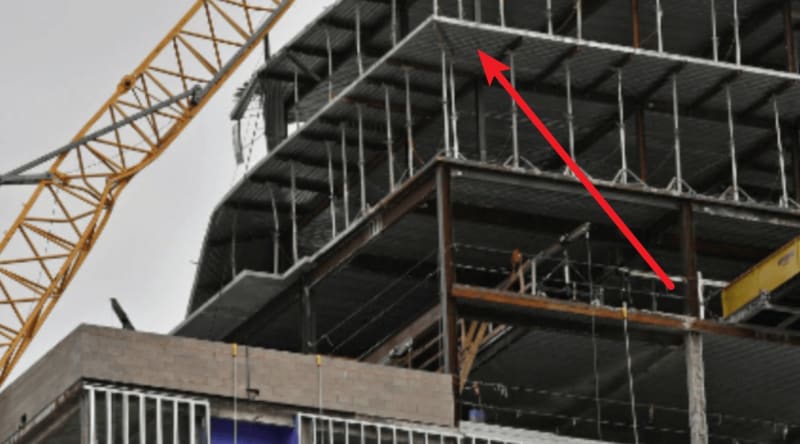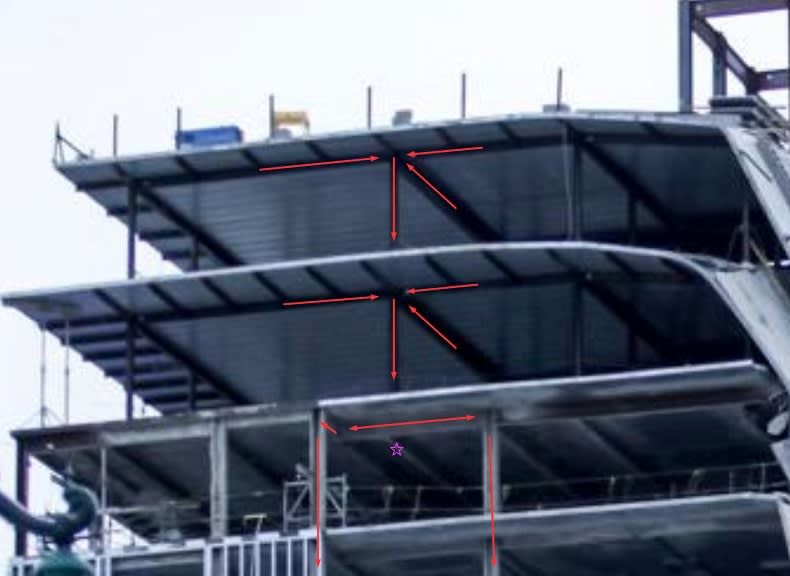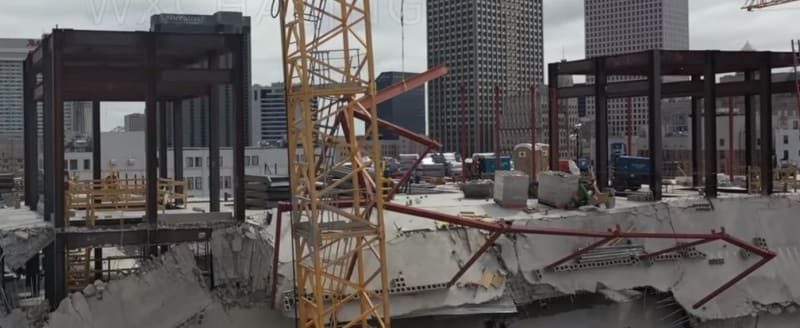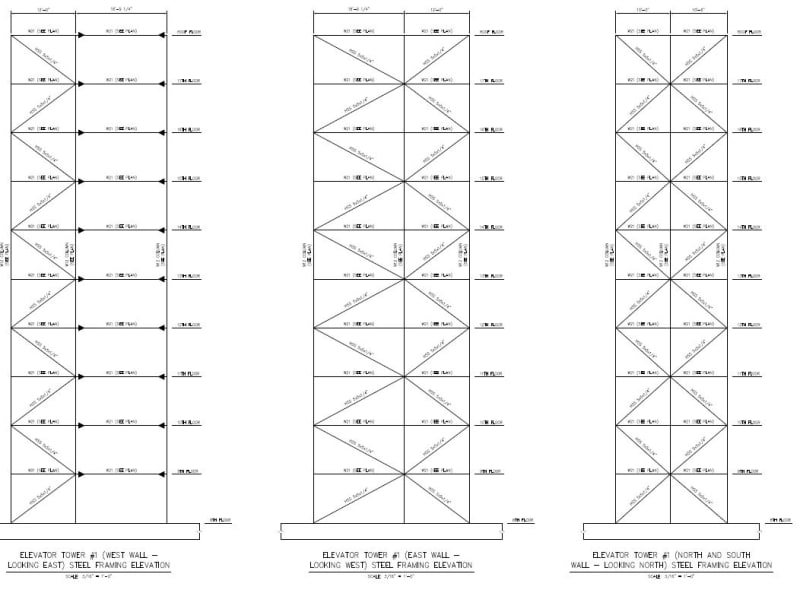HorsieJuice
Computer
- Oct 21, 2019
- 7
miningman said:I cant help but wonder how many of these monday morning quarter back players, have ANY blasting experience whatsoever.
I have zero blasting experience.
Why would they only sever the support cables at the top of the crane and not the connections where the tower meets the boom and the tail?

